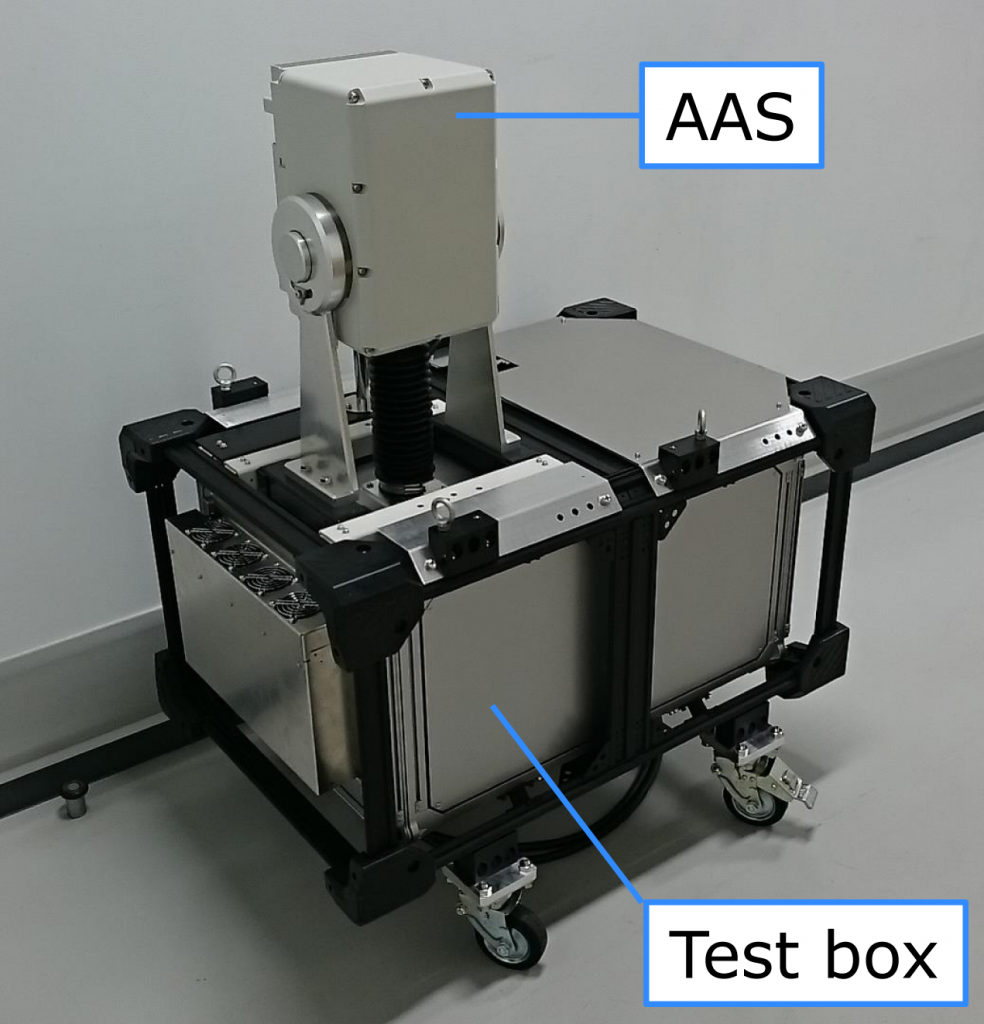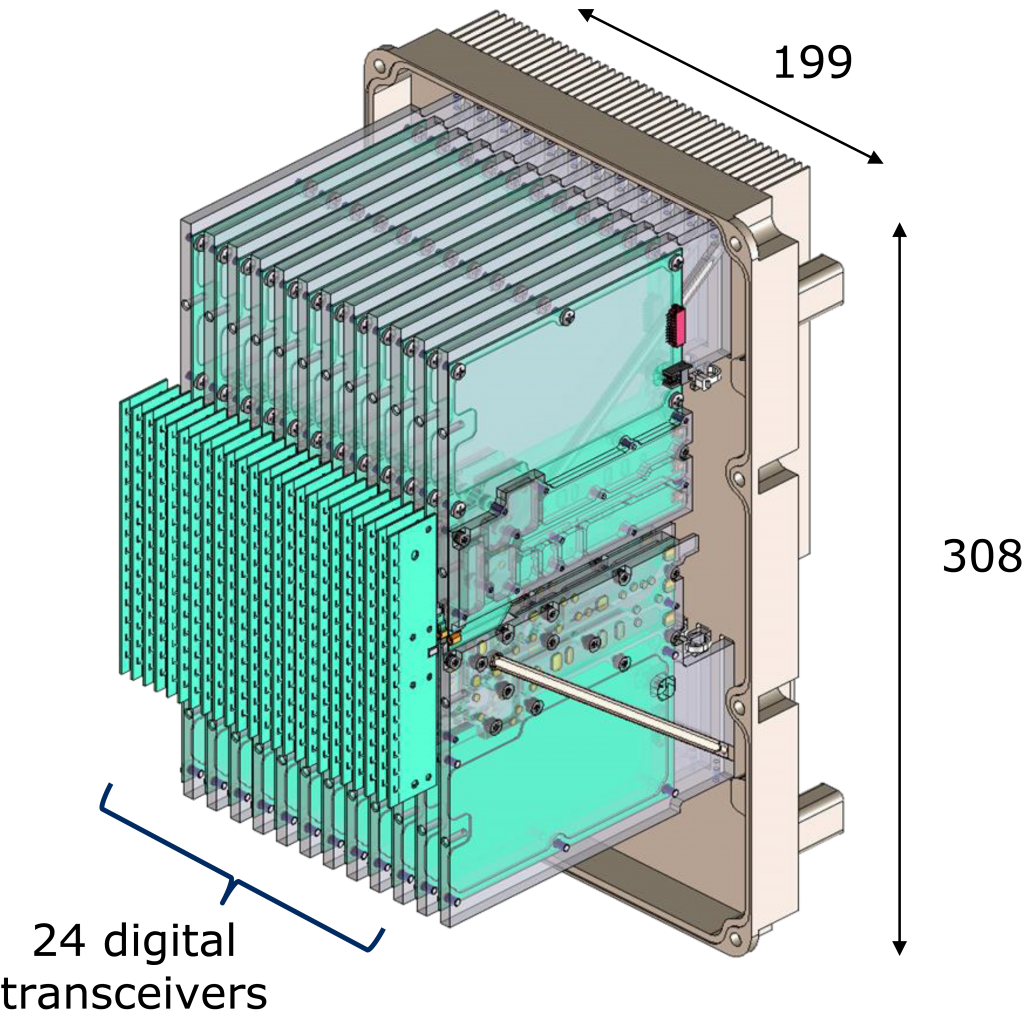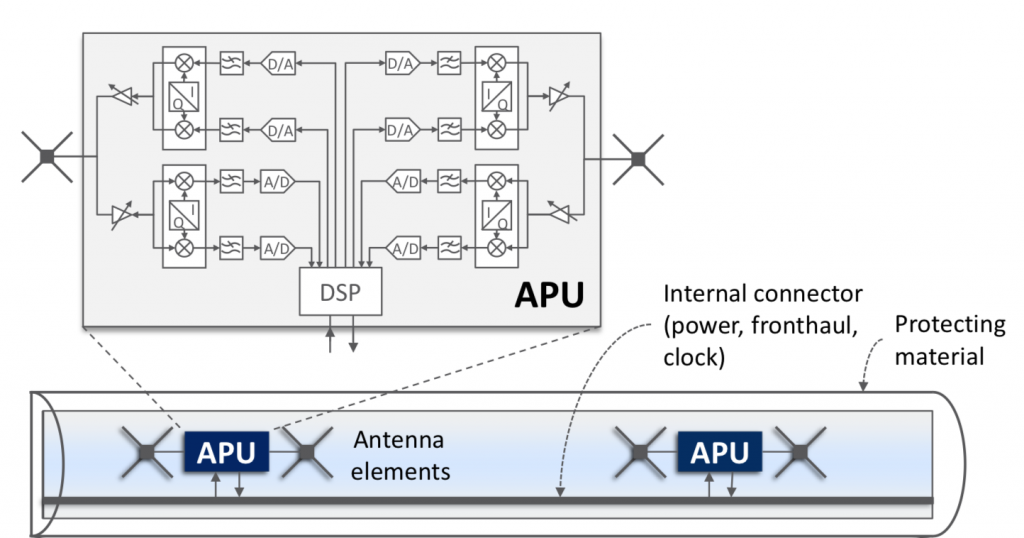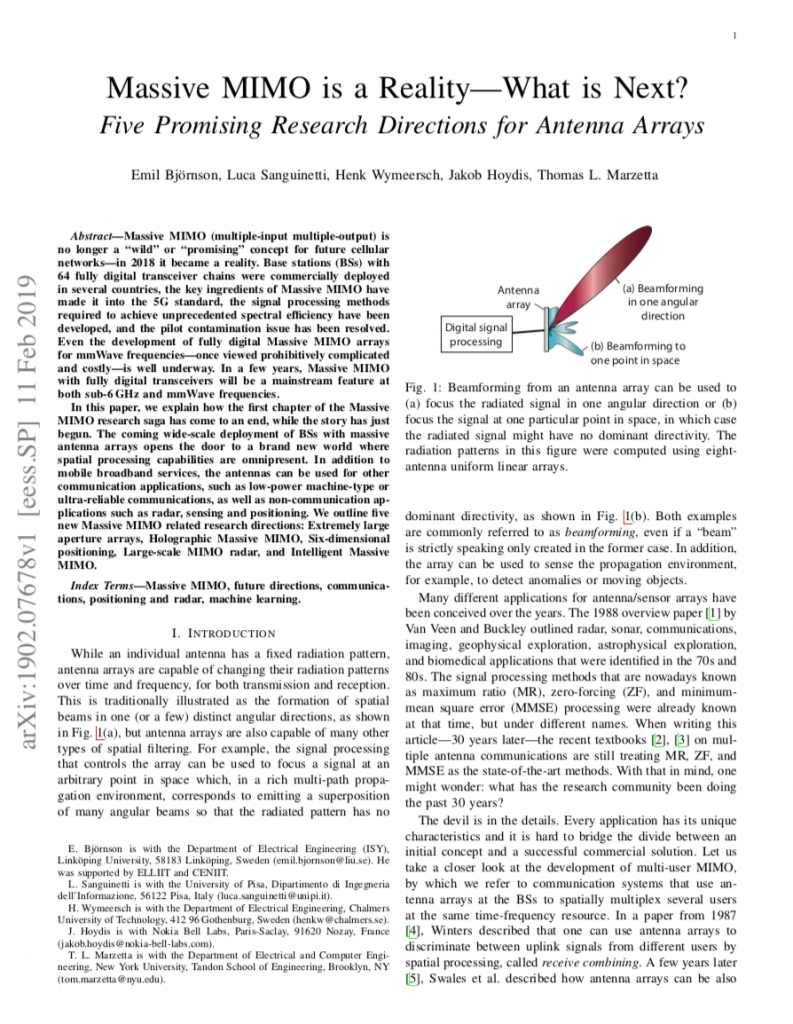I had an interesting conversation with a respected colleague who expressed some significant reservations against massive MIMO. Let’s dissect the arguments.
The first argument against massive MIMO was that most traffic is indoors, and that deployment of large arrays indoors is impractical and that outdoor-to-indoor coverage through massive MIMO is undesirable (or technically infeasible). I think the obvious counterargument here is that before anything else, the main selling argument for massive MIMO is not indoor service provision but outdoor macrocell coverage: the ability of TDD/reciprocity based beamforming to handle high mobility, and efficiently suppress interference thus provide cell-edge coverage. (The notion of a “cell-edge” user should be broadly interpreted: anyone having poor nominal signal-to-interference-and-noise ratio, before the MIMO processing kicks in.) But nothing prevents massive MIMO from being installed indoors, if capacity requirements are so high that conventional small cell or WiFi technology cannot handle the load. Antennas could be integrated into walls, ceilings, window panes, furniture or even pieces of art. For construction of new buildings, prefabricated building blocks are often used and antennas could be integrated into these already at their production. Nothing prevents the integration of thousands of antennas into natural objects in a large room.
Outdoor-to-indoor coverage doesn’t work? Importantly, current systems provide outdoor-to-indoor coverage already, and there is no reason Massive MIMO would not do the same (to the contrary, adding base station antennas is always beneficial for performance!). But yet the ideal deployment scenario of massive MIMO is probably not outdoor-to-indoor so this seems like a valid point, partly. The arguments against the outdoor-to-indoor are that modern energy-saving windows have a coating that takes out 20 dB, at least, of the link budget. In addition, small angular spreads when all signals have to pass through windows (maybe except for in wooden buildings) may reduce the rank of the channel so much that not much multiplexing to indoor users is possible. This is mostly speculation and not sure whether experiments are available to confirm, or refute it.
Let’s move on to the second argument. Here the theme is that as systems use larger and larger bandwidths, but can’t increase radiated power, the maximum transmission distance shrinks (because the SNR is inversely proportional to the bandwidth). Hence, the cells have to get smaller and smaller, and eventually, there will be so few users per cell that the aggressive spatial multiplexing on which massive MIMO relies becomes useless – as there is only a single user to multiplex. This argument may be partly valid at least given the traffic situation in current networks. But we do not know what future requirements will be. New applications may change the demand for traffic entirely: augmented or virtual reality, large-scale communication with drones and robots, or other use cases that we cannot even envision today.
It is also not too obvious that with massive MIMO, the larger bandwidths are really required. Spatial multiplexing to 20 terminals improves the bandwidth efficiency 20 times compared to conventional technology. So instead of 20 times more bandwidth, one may use 20 times more antennas. Significant multiplexing gains are not only proven theoretically but have been demonstrated in commercial field trials. It is argued sometimes that traffic is bursty so that these multiplexing gains cannot materialize in practice, but this is partly a misconception and partly a consequence of defect higher-layer designs (most importantly TCP/IP) and vested interests in these flawed designs. For example, for the services that constitute most of the raw bits, especially video streaming, there is no good reason to use TCP/IP at all. Hopefully, once the enormous potential of massive MIMO physical layer technology becomes more widely known and understood, the market forces will push a re-design of higher-layer and application protocols so that they can maximally benefit from the massive MIMO physical layer. Does this entail a complete re-design of the Internet? No, probably not, but buffers have to be installed and parts of the link layer should be revamped to maximally use the “wires in the air”, ideally suited for aggressive multiplexing of circuit-switched data, that massive MIMO offers.







